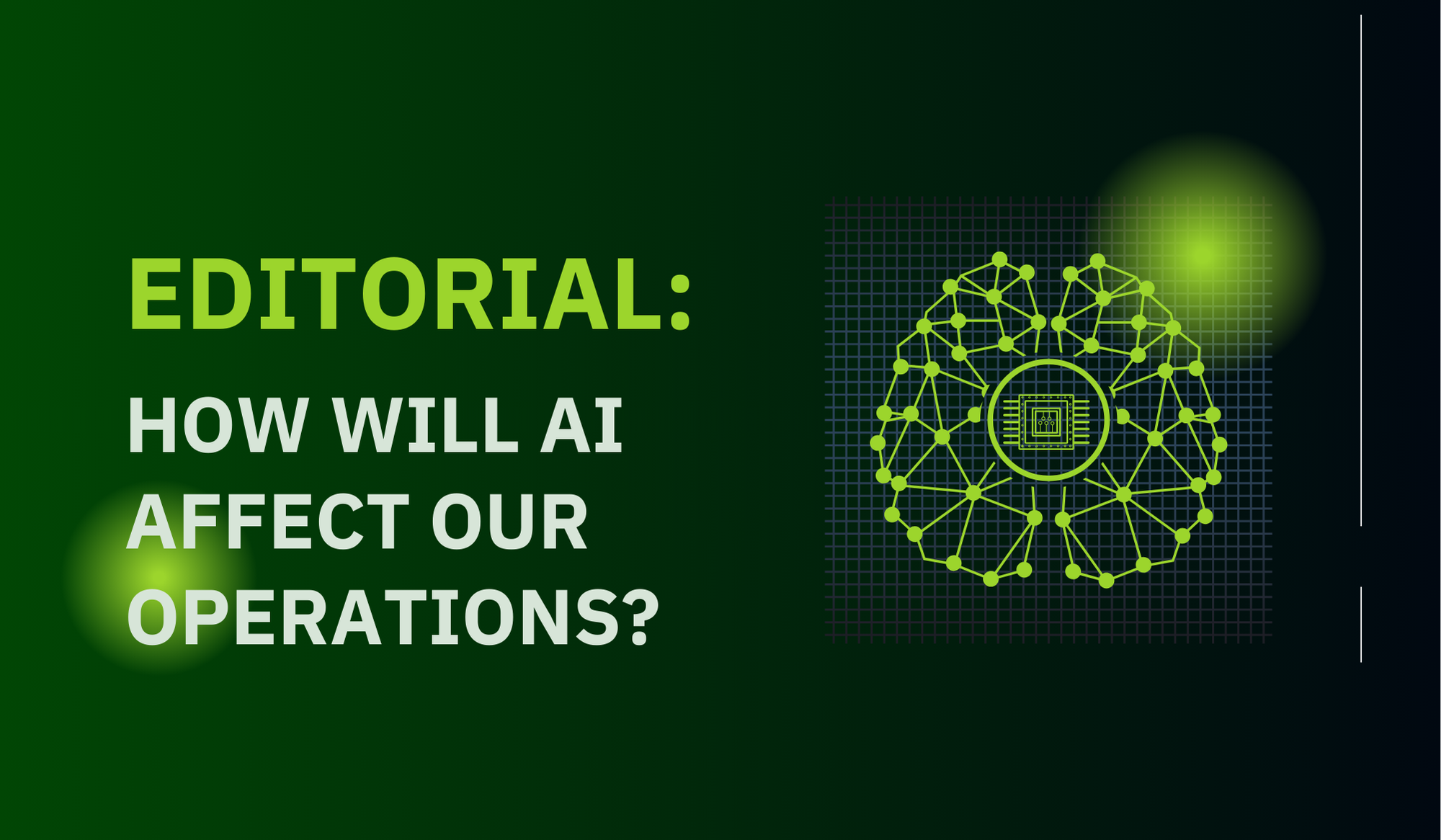Our Office: 4100 32nd Ave. S. Fargo, ND 58104
Editorial: Paul Matthys

Like many other businesses nationwide, we are examining how artificial intelligence (AI) affects our operations now and in the future.
AI is somewhat of a new buzzword, but it has been around for many years. For example, some residential and commercial heating/cooling thermostats have used AI for over 15 years. A thermostat equipped with AI will learn how you live, meaning what temperature you prefer your house to be during the four seasons or at night versus daytime. It will automatically begin to adjust without your physical interaction.
People of all ages now use AI to help write cover letters, construct emails, answer complicated questions, and more. Various industries also use AI, including business and finance, health care, education, cybersecurity, entertainment, and utilities. AI is everywhere – you have been using it and may not even know it. It is embedded in computers, software, cellphones, web browsers, and websites. Some people are skeptical of this heightened use of AI tools, while others believe it is the way of the future.
AI tools, like ChatGPT, require enormous amounts of stored data and extensive hardware infrastructure. Large data storage equals significant energy consumption and requires a sizeable cooling load, which is also energy intensive.
So, what does this mean for electric cooperatives, and how are we planning for this potential increase in the future?
CCEC has received inquiries from companies, as have other electric cooperatives, about providing power for large data storage operations. To put this into context, our cooperative currently handles a total peak load of around 270 megawatts (MW). The companies interested in establishing data storage facilities are looking for a capacity of 200 to 1,000 MW.
We are working closely with our wholesale power provider, Minnkota Power Cooperative, to manage new load growth, the infrastructure required, and future power supply requirements. We also carefully manage and analyze the feasibility of serving larger loads, such as data storage, electric vehicle charging, manufacturing, and residential developments. New load growth has physical and financial challenges, but overall, it is healthy for electric cooperatives because it keeps rates stable and provides for higher reliability.
Will AI become as big as some say, or will it be a trend? I am unsure of this answer, but I assure you that your cooperative is planning for the future and will continue to strive for excellence in reliability, rate stability, and top-shelf member service. If AI could improve on any of these things or increase efficiencies, we will utilize it where it makes sense.
